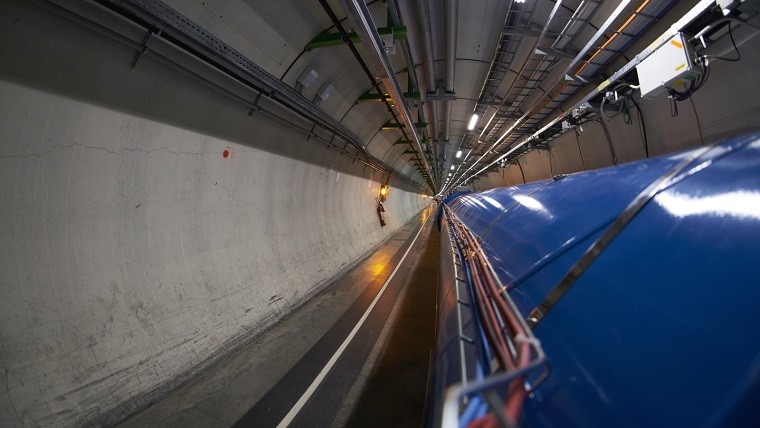This week in science is a review of the most interesting scientific news of the past week.
SpaceX has landed another rocket after first US military launch
SpaceX has launched its first secretive US government satellite last Monday using one of its Falcon 9 rockets. Known only as NROL-76, the payload belongs to the National Reconnaissance Office, which is responsible for operating US spy satellites.
Monday's launch also marked the fourth successful landing of a Falcon 9's first stage by SpaceX on land, in addition to six other successful landings on barges. This achievement is central to the company's plan to recycle rockets in order to decrease the costs of space exploration. In fact, SpaceX has already launched its first recycled rocket late March. As stated by Elon Musk at the time:
It means you can fly and re-fly an orbital class booster, which is the most expensive part of the rocket. This is going to be, ultimately, a huge revolution in spaceflight.
SpaceX has also detailed to the US Senate Committee on Commerce, Science, & Transportation its plans to build a satellite network capable of delivering gigabit Internet. According to Patricia Cooper, the company's VP of Satellite Government Affairs, the first prototype satellite will be launched before the end of the year, followed by another one during the early months of 2018.
Source: Phys.org
What if a prior technological species ever arose in the Solar System?
This is the question Professor Jason Wright, from Penn State, has asked this week in a paper uploaded to the arXiv preprint sever. His paper follows the release of preliminary results from several petabytes of data obtained by the Breakthrough Listen project from Berkeley SETI Research Center.
Projects like Breakthrough Listen typically search for signs from existent extraterrestrial intelligence in the form of possible wave signals emitted by them towards our planet. But Professor Wright suggests we should also look for evidence of alien life forms that are now extinct or may have departed from our solar system, leaving behind evidence of their existence.
It is important to highlight that Professor Wright did not suggest the existence of such forms of life or of any evidence for them. In his article, he discusses possible origins and locations for this kind of evidence of such a prior technological species, considering it might have arisen here on Earth, prior to our existence, or on another body, such as a pre-greenhouse Venus or a wet Mars.
Source: Phys.org
The LHC has resumed for this year's run
After 17 weeks of extended technical stop, the Large Hadron Collider at CERN has restarted circulating beams of protons this week. It took approximately one month for the whole accelerator chain to be turned on, which happened one machine at a time until the LHC itself, which is the final machine in the chain, could be turned on. As stated by Rende Steerenberg, leader of the operations group:
It's like an orchestra, everything has to be timed and working very nicely together. Once each of the parts is working properly, that's when the beam goes in, in phases from one machine to the next all the way up to the LHC.
The LHC is shut down for maintenance and upgrades every year during the north hemisphere's winter, but this time it took longer than that to allow some more complex work to be done. Among the changes made were the replacement of a superconducting magnet in the LHC, the installation of a new beam dump in the Super Proton Synchrotron, and a massive cable removal campaign.
Finally, those upgrades were planned to allow the LHC to reach a higher integrated luminosity. Such a parameter measures how much data the experiment can gather, which means more chances to observe rare phenomena on each collision performed. But for now and the following few weeks, only debug and validation experiments will be performed before new physics data can be collected.
Source: Phys.org



















1 Comment - Add comment